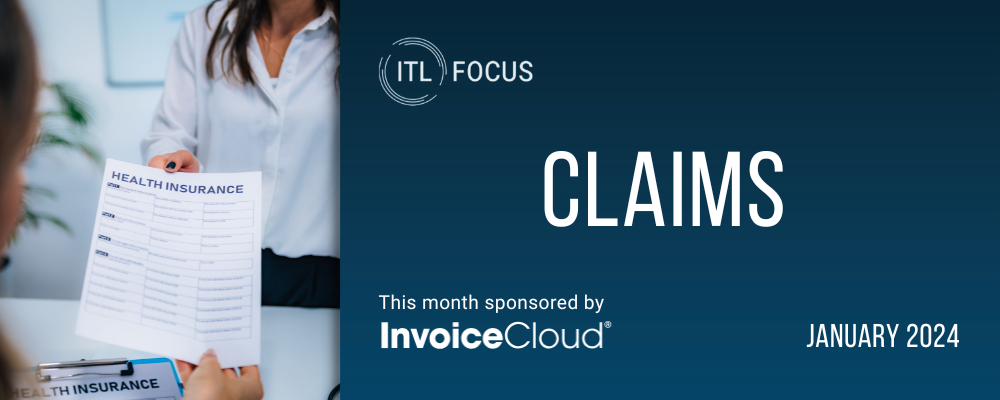|
In the 1980s, my boss told me he had a system for dealing with dunning notices. He made plenty of money to cover his only somewhat extravagant lifestyle. He just hated being pestered. So if he was late paying a bill and got a notice, he'd throw it away. He'd do the same with the next one and the one after that and the one after that, until he was threatened with being referred to collections. Then he'd send a check for all but $1.50 of what he owed, knowing the vendor would keep sending him monthly notices. When the notices again became threatening enough, he'd send a check for $1.56. Even though he'd only have the tiniest balance with the vendor, they'd keep notifying him about it every month.
The goal was to penalize the vendor by getting it to spend as much as possible on billing and processing payments – maybe even more than he owed. It helped him that we were living in Brussels, so the vendors chasing him down had to pay for international postage.
While I'm in favor of paying bills rather than playing games, my boss' stunt has made me sensitive ever since to the cost of moving paper around – and the insurance industry is awash in paper. So I was happy to get to interview Kyle Evancoe, VP of sales at InvoiceCloud, for this month's ITL Focus on claims. The company is addressing one of the big sources of paper in claims, by helping firms accept premiums digitally and make payments through whatever digital means is preferred by the customer, to cut down on all those checks and all the expense that goes with them.
Evancoe says research by InvoiceCloud finds that 73% of customers would prefer to receive claims payments directly into their bank accounts, while only 14% prefer paper checks. Yet a huge percentage of claims are still paid by check. That discrepancy between desire and fact seems like a real problem at a time when customers are increasingly demanding a simple, Amazon-like experience from their insurance companies – Evancoe cites a study that found that 44% of customers research a carrier's reputation for handling claims before signing a policy with them.
Each check costs a carrier $6 to issue, when all associated costs are included, while digital payments cost essentially nothing once the systems are in place (beyond any bank fees), so carriers have all the more incentive to go paperless at a time when soaring inflation and claims related to natural catastrophes have pushed combined ratios above 100%.
Evancoe acknowledges the difficulty carriers face in making the switch. He says it may require overhauling legacy systems, where many of the paper-based processes are embedded, and such overhauls can be scary. They often run over budget and fail to deliver all the promised benefits.
But making life easier for customers during a stretch of discontent, while cutting costs during a stretch of financial pressure, certainly sounds like a goal worth pursuing.
That'll still leave a massive amount of paper in the process – a recent ITL article cites a study finding that adjustors spend 12% of their time, or six weeks a year, just gathering records – but cutting way back on the checks used to pay premiums and claims will be a worthy start on a big problem.
Cheers,
Paul
|


